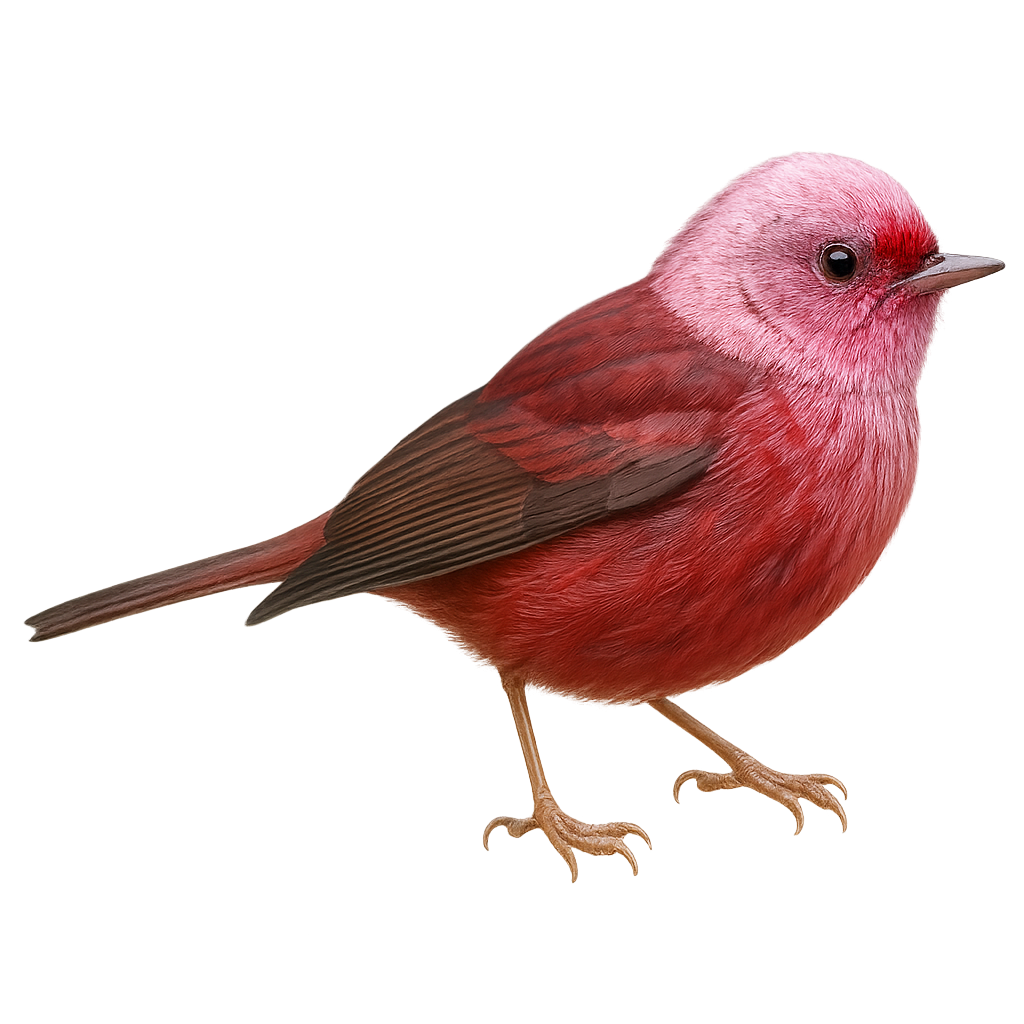Your wildlife photography guide.
Explore the pink-headed warbler in detail, study its behavior, prepare your shots.
Where to observe and photograph the pink-headed warbler in the wild
Learn where and when to spot the pink-headed warbler in the wild, how to identify the species based on distinctive features, and what natural environments it inhabits. The WildlifePhotographer app offers tailored photography tips that reflect the pink-headed warbler’s behavior, helping you capture better wildlife images. Explore the full species profile for key information including description, habitat, active periods, and approach techniques.
Pink-headed Warbler
Scientific name: Cardellina versicolor

IUCN Status: Least Concern
Family: PARULIDAE
Group: Birds
Sensitivity to human approach: Suspicious
Minimum approach distance: 10 m
Courtship display: June to July
Incubation: 12-13 jours
Hatchings: June to July
Habitat:
coniferous forests, mixed forests, mountains
Activity period :
Primarily active during the day, with peak activity in the morning and late afternoon.
Identification and description:
The Pink-headed Warbler, or Cardellina versicolor, is a small songbird with distinctive plumage, primarily bright red on the face and throat, contrasting with a gray and white body. It primarily inhabits the coniferous and mixed forests of the southwestern United States and Mexico. This bird is often seen foraging for insects in dense foliage. Although its habitat is relatively stable, the Pink-headed Warbler is sensitive to environmental changes, particularly deforestation. Its breeding season coincides with the abundance of insects, ensuring sufficient food for its young. Ornithologists particularly appreciate its melodious song and liveliness.
Recommended lens:
400mm – adjust based on distance, desired framing (portrait or habitat), and approach conditions.
Photography tips:
To photograph the Pink-headed Warbler, focus on coniferous forests where it is often active. Use a 400mm lens or longer to capture details without disturbing the bird. Be patient and discreet, as this bird is suspicious. Observe its feeding habits to anticipate its movements. Morning or late afternoon light is ideal for capturing vivid colors and good contrast. A tripod can be useful for stabilizing your camera during extended shooting sessions.
The WildlifePhotographer App is coming soon!
Be the first to explore the best nature spots, track rutting seasons, log your observations, and observe more wildlife.
Already 1 432 wildlife lovers subscribed worldwide

